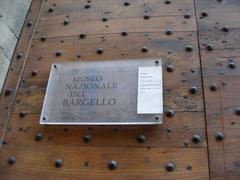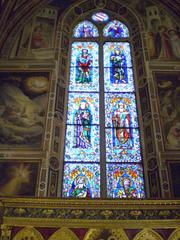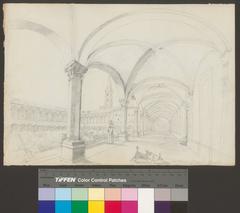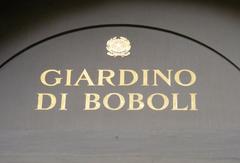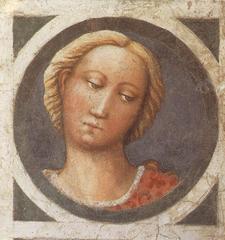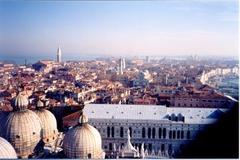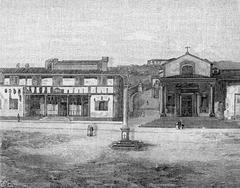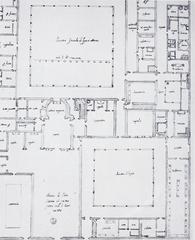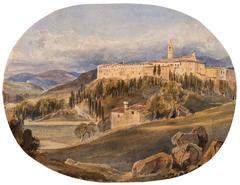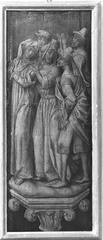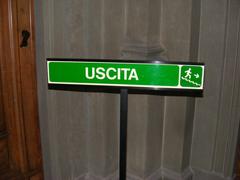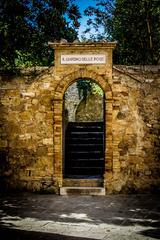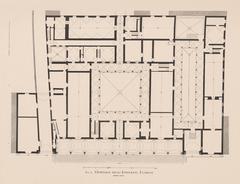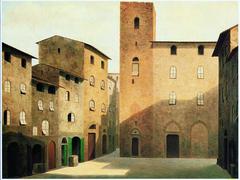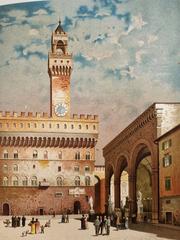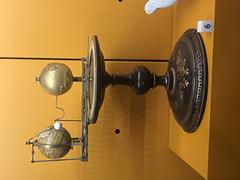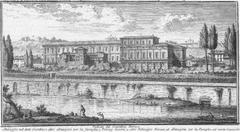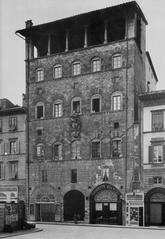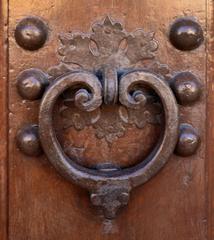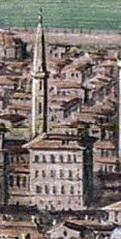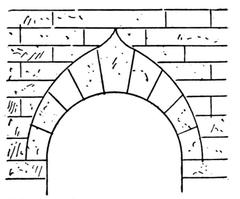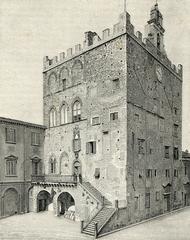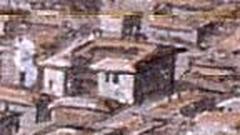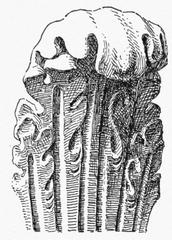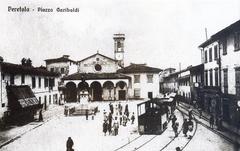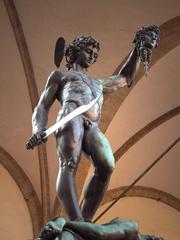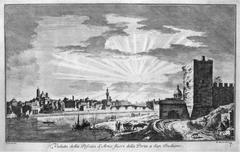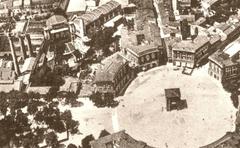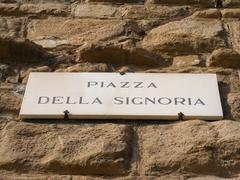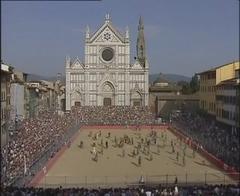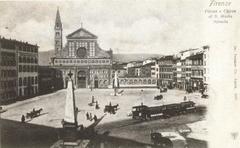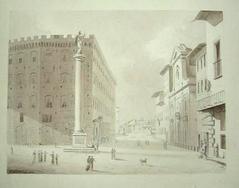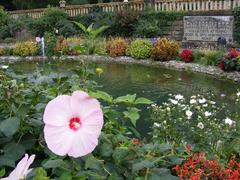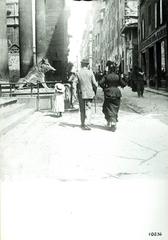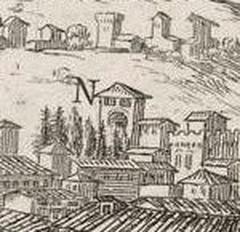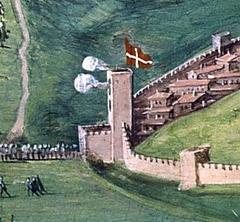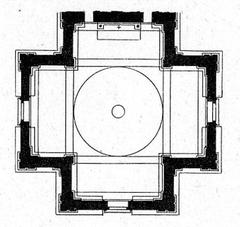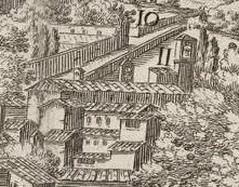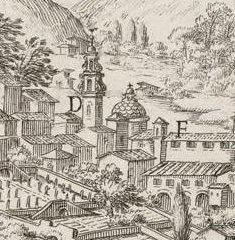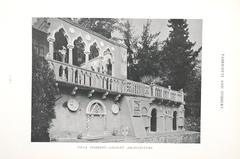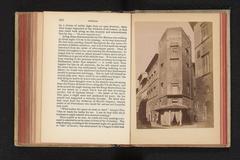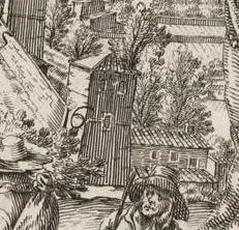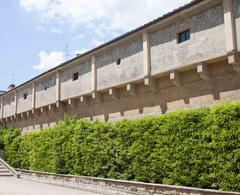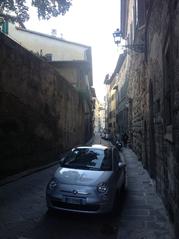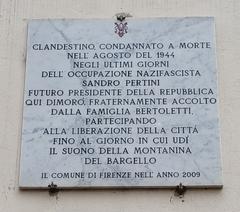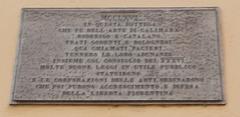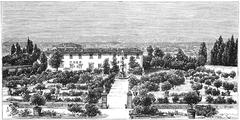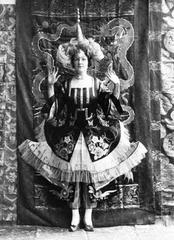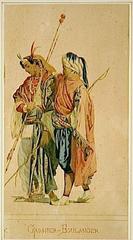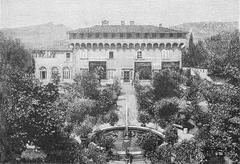Visiting Hours and Tips for Palazzo Pitti, Florence
Publication Date: 31/07/2024
Introduction to Palazzo Pitti
The Palazzo Pitti, or Pitti Palace, is a monumental Renaissance structure in Florence, Italy, standing as a testament to the city’s rich historical and cultural tapestry. Originally commissioned in 1458 by the affluent banker Luca Pitti, the palace was intended to rival the grandeur of the Medici family’s residences. The design, often attributed to Filippo Brunelleschi or his pupil Luca Fancelli, marked a significant shift in architectural style with its imposing, fortress-like facade (History Hit). Over the centuries, the Palazzo Pitti has undergone numerous transformations, notably under the Medici family, who expanded it into their principal residence filled with an extensive collection of art and luxurious furnishings. The palace’s significance continued through the Napoleonic era and the unification of Italy, eventually becoming a public museum complex in the early 20th century (The Heritage Guide). Today, the Palazzo Pitti is the largest museum complex in Florence, attracting visitors from around the globe to explore its rich history, diverse art collections, and the magnificent Boboli Gardens. This comprehensive guide aims to provide potential visitors with all the essential information, including historical insights, visiting hours, ticket prices, travel tips, and more, ensuring a memorable and enriching experience at this iconic monument.
Table of Contents
- Origins and Construction
- Medici Acquisition and Expansion
- The Medici Era
- Transition to the House of Lorraine
- Napoleonic Era and Unification of Italy
- Modern Era and Museum Complex
- Visitor Information
- Architectural and Artistic Significance
- FAQ
Explore the History and Visiting Hours of Palazzo Pitti in Florence
Origins and Construction
The Palazzo Pitti, or Pitti Palace, was commissioned in 1458 by the affluent Florentine banker Luca Pitti. Pitti’s ambition was to create a residence that would rival the grandeur of the Medici family’s palaces. To achieve this, he instructed that the windows of his palace be larger than the entrance of the Palazzo Medici, a symbolic gesture of his wealth and influence (History Hit). The design of the Palazzo Pitti marked a shift in architectural style, featuring a severe, imposing facade that resembled a Roman aqueduct more than a traditional palace.
Medici Acquisition and Expansion
Despite Luca Pitti’s grand vision, his heirs struggled to maintain the palace due to its immense scale and associated costs. In 1549, the Medici family purchased the Palazzo Pitti, marking a significant turning point in its history (The Heritage Guide). Under the Medici’s ownership, the palace was significantly enlarged and transformed into the primary residence of the ruling Florentine family. The Medici’s expansion included the addition of an above-ground walkway, known as the Vasari Corridor, which connected the Palazzo Pitti to the Palazzo Vecchio, the old Medici residence.
The Medici Era
During the Medici era, the Palazzo Pitti became a symbol of power and opulence. It was filled with an extensive collection of paintings, jewelry, and luxurious furnishings. The palace also housed the Palatine Gallery, which today contains over 500 Renaissance paintings, including works by Raphael and Caravaggio (History Hit). The Medici’s influence extended beyond the palace itself, as they also commissioned the creation of the Boboli Gardens in 1550, transforming the surrounding landscape into Florence’s largest and grandest public park (The Heritage Guide).
Transition to the House of Lorraine
Following the extinction of the Medici line, the Palazzo Pitti became the residence of the Dukes of Lorraine. The new occupants undertook significant renovations, particularly in the Royal Apartments, which were redecorated in a Neo-classical style. The apartments feature frescoes by various artists depicting members of the Medici family, and notable rooms include the Parrot Room, known for its elaborate decor (The Heritage Guide).
Napoleonic Era and Unification of Italy
In the late 18th century, Napoleon Bonaparte used the Palazzo Pitti as a power base during his campaigns in Italy. The palace’s strategic importance and grandeur made it an ideal location for Napoleon’s operations. Following the fall of Napoleon, the Kingdom of Italy acquired the Palazzo Pitti and, in 1919, presented it to the nation. This transition marked the beginning of the palace’s transformation into a public museum complex (History Hit).
Modern Era and Museum Complex
Today, the Palazzo Pitti is the largest museum complex in Florence, housing several important museums and galleries. The Palatine Gallery remains the centerpiece, with its extensive collection of Renaissance art displayed as it was during the Medici era. Other notable museums within the complex include the Royal Apartments, the Porcelain Museum, the Silver Museum, and the Gallery of Modern Art, which features works from Neoclassicism to the 1930s (History Hit).
Visitor Information
Visitors to the Palazzo Pitti can explore its rich history and diverse collections through various galleries and museums. The palace is open from Tuesday to Sunday, between 8:15 AM and 6:50 PM. Tickets can be purchased online or at the entrance. For the most up-to-date information on visiting hours and ticket prices, visit the official website (The Heritage Guide).
Ticket Prices
Ticket prices vary depending on the areas visitors wish to explore. Combined tickets for multiple museums within the complex are available, offering a comprehensive experience of the palace. Discounts are often available for students, seniors, and groups.
Travel Tips
The Palazzo Pitti is easily accessible by foot or public transport, with buses C4 and 11 stopping just outside the palace. It’s recommended to allocate several hours to fully appreciate the extensive collections and the Boboli Gardens. Early morning or late afternoon visits are ideal to avoid the crowds.
Nearby Attractions
In addition to the Palazzo Pitti, Florence is home to numerous historical sites worth visiting, such as the Uffizi Gallery, Ponte Vecchio, and the Florence Cathedral. Combining a visit to these attractions can provide a deeper understanding of Florence’s rich cultural heritage.
Accessibility
The Palazzo Pitti is committed to providing access to all visitors. Elevators and ramps are available for those with mobility challenges. It’s advisable to check accessibility options in advance to ensure a smooth visit.
Special Events and Guided Tours
The Palazzo Pitti often hosts special exhibitions and events, adding an extra layer of excitement for visitors. Guided tours are available for those looking to gain deeper insights into the palace’s history and collections. These tours can be booked in advance through the official website.
Photographic Spots
The Boboli Gardens and the palace’s grand courtyards offer numerous photographic opportunities. Visitors are encouraged to capture the beauty of the architecture and the lush gardens. However, flash photography is prohibited inside the museums to protect the artworks.
Architectural and Artistic Significance
The architectural significance of the Palazzo Pitti lies in its grandiose design and the shift it represented in Renaissance architecture. The palace’s severe facade and massive scale set a new standard for residential buildings in Florence. The artistic significance is equally profound, with the Palatine Gallery housing one of the highest concentrations of Raphael’s paintings in the world. The gallery’s layout, which remains as the Grand Dukes of the 17th and 18th centuries intended, provides a unique glimpse into the art collection practices of the time (The Heritage Guide).
Frescoes and Decorative Arts
The Palazzo Pitti is also renowned for its frescoes and decorative arts. Rooms 4 to 8 feature frescoes by Pietro da Cortona and his pupil Ciro Ferri, depicting the education of a prince by the gods. These frescoes, completed in 1666, are a testament to the artistic prowess of the period. The Decorative Art Museum, or Museo degli Argenti, showcases rare Roman artifacts and Byzantine period vases, highlighting the palace’s role as a repository of historical treasures (The Heritage Guide).
FAQ
What are the opening hours of Palazzo Pitti?
The Palazzo Pitti is open from Tuesday to Sunday, between 8:15 AM and 6:50 PM.
How much do tickets to Palazzo Pitti cost?
Ticket prices vary, but combined tickets for several museums within the complex offer a comprehensive experience. Discounts are available for students, seniors, and groups.
Are there guided tours available?
Yes, guided tours can be booked in advance through the official website and offer deeper insights into the palace’s history and collections.
Is Palazzo Pitti accessible for visitors with mobility challenges?
Yes, the palace provides elevators and ramps to ensure accessibility for all visitors.
Conclusion
In summary, the Palazzo Pitti’s history is a tapestry of ambition, power, and artistic achievement. From its origins as Luca Pitti’s grand residence to its transformation into a public museum complex, the palace stands as a testament to Florence’s rich cultural heritage. Visitors are encouraged to explore the palace and its gardens, delve into its extensive collections, and experience the grandeur of Florence’s historical sites.
Consider downloading our mobile app for more travel tips and updates on special events. Follow us on social media for the latest news and insights on Palazzo Pitti and other Florence historical sites.
References and Further Reading
- History Hit. (n.d.). Palazzo Pitti. Retrieved from History Hit
- The Heritage Guide. (n.d.). Palazzo Pitti Florence Guide. Retrieved from The Heritage Guide
- Wikipedia. (n.d.). Palazzo Pitti. Retrieved from Wikipedia
- Florence Inferno. (n.d.). Pitti Palace. Retrieved from Florence Inferno
- Gesso. (n.d.). Palazzo Pitti: A Symbol of Power and Elegance in Florence’s History. Retrieved from Gesso
- Accademia Gallery. (n.d.). Pitti Palace, Palazzo Pitti Florence Italy. Retrieved from Accademia Gallery
- Visit Florence. (n.d.). Pitti Palace. Retrieved from Visit Florence
- The Geographical Cure. (n.d.). Treasures of the Pitti Palace. Retrieved from The Geographical Cure
- PlanetWare. (n.d.). Palazzo Pitti. Retrieved from PlanetWare
